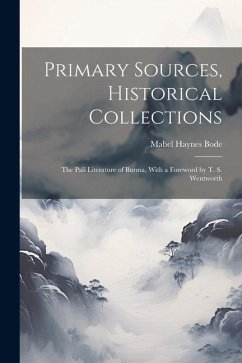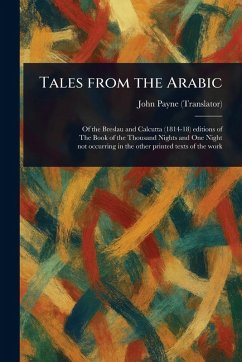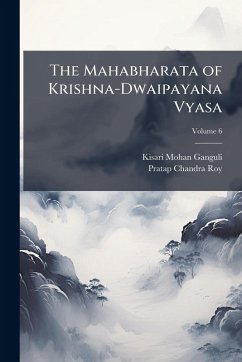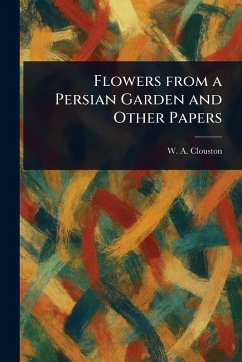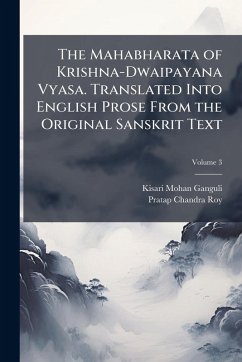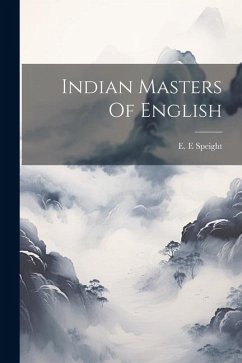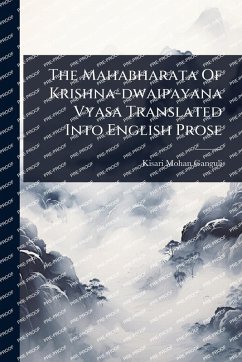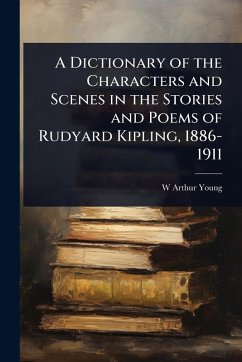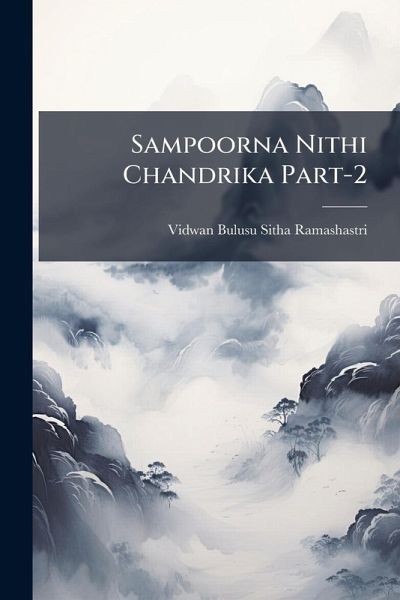
Sampoorna Nithi Chandrika Part-2

PAYBACK Punkte
8 °P sammeln!
Sampoorna Nithi Chandrika Part-2, authored by Vidwan Bulusu Sitha Ramashastri, is a significant work in Telugu literature. Published in 1954, this book likely contains a collection of moral stories and traditional tales reflective of Indian folklore. As a part of the 'Nithi Chandrika' series, it would have aimed to impart wisdom and ethical lessons through engaging narratives. This book serves as a valuable resource for understanding Telugu literary traditions and the cultural values prevalent during the mid-20th century. This work has been selected by scholars as being culturally important, a...
Sampoorna Nithi Chandrika Part-2, authored by Vidwan Bulusu Sitha Ramashastri, is a significant work in Telugu literature. Published in 1954, this book likely contains a collection of moral stories and traditional tales reflective of Indian folklore. As a part of the 'Nithi Chandrika' series, it would have aimed to impart wisdom and ethical lessons through engaging narratives. This book serves as a valuable resource for understanding Telugu literary traditions and the cultural values prevalent during the mid-20th century. This work has been selected by scholars as being culturally important, and is part of the knowledge base of civilization as we know it. This work was reproduced from the original artifact, and remains as true to the original work as possible. Therefore, you will see the original copyright references, library stamps (as most of these works have been housed in our most important libraries around the world), and other notations in the work. This work is in the public domain in the United States of America, and possibly other nations. Within the United States, you may freely copy and distribute this work, as no entity (individual or corporate) has a copyright on the body of the work. As a reproduction of a historical artifact, this work may contain missing or blurred pages, poor pictures, errant marks, etc. Scholars believe, and we concur, that this work is important enough to be preserved, reproduced, and made generally available to the public. We appreciate your support of the preservation process, and thank you for being an important part of keeping this knowledge alive and relevant.



